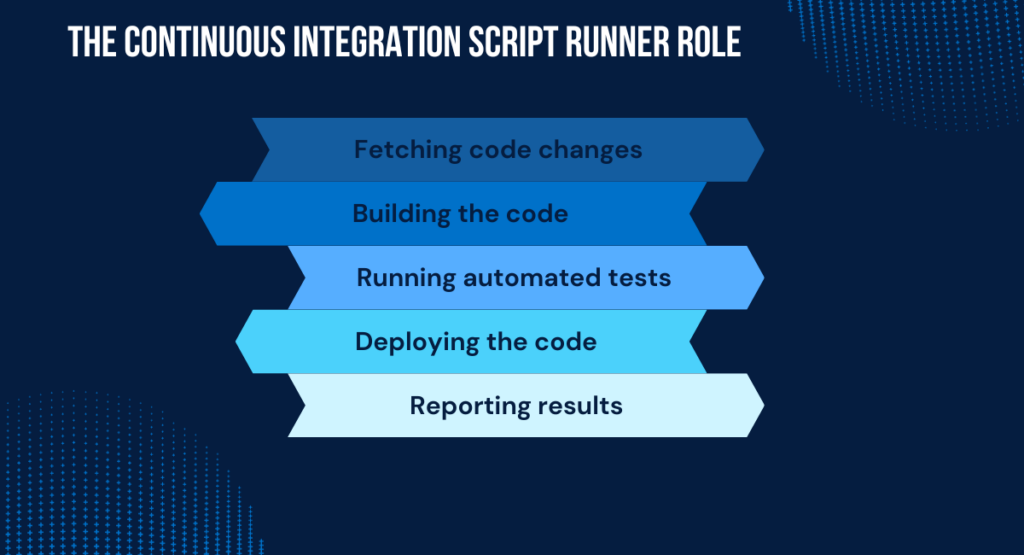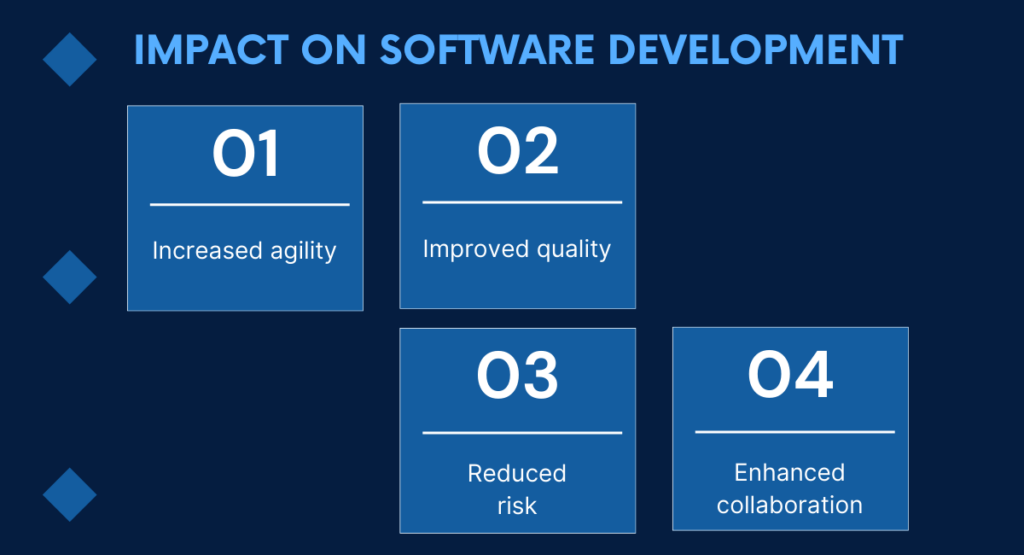In the fast-paced world of software development, the ability to deliver high-quality products quickly and efficiently is crucial for success. Continuous Integration Script Runner has emerged as a critical practice in achieving this goal by automating the process of merging code changes from multiple developers into a shared codebase.
At the heart of Continuous Integration Script Runner, an unsung hero that orchestrates the build, test, and deployment phases, ensuring seamless integration and continuous delivery.
The market for Continuous Integration Tools is projected to expand from USD 1.18 billion in 2023 to USD 3.07 billion by 2028, exhibiting a robust Compound Annual Growth Rate (CAGR) of 21.18% during the forecast period (2023-2028).
Continuous integration, a DevOps approach to software development, involves developers consistently merging their code changes into a shared repository.
The Continuous Integration Script Runner Role

The script runner serves as the backbone of CI, executing a series of predefined scripts to automate the integration process. These scripts typically encompass the following tasks:
Fetching code changes:
The script runner begins by retrieving the latest code changes from the version control system (VCS), ensuring that all developers are working on the most up-to-date codebase.
Building the code:
The script runner then builds the code, compiling it into an executable form that can be tested and deployed. This step involves invoking the appropriate build tools, such as Maven or Gradle, to generate the final product.
Running automated tests:
Once the code is built, the script runner executes a suite of automated tests to verify the functionality of the software. These tests cover various aspects of the application, ensuring that it meets the required specifications.
Deploying the code:
Upon successful completion of the testing phase, the script runner deploys the code to the appropriate environment, such as staging or production. This involves copying the built artifact to the target server and configuring it for operation.
Reporting results:
Throughout the CI process, the script runner continuously generates reports, providing developers with insights into the status of the build, tests, and deployment. These reports help identify issues early on and facilitate timely resolution.
Impact on Software Development

The Continuous Integration Script Runner plays a pivotal role in streamlining software development by automating repetitive tasks, reducing human error, and providing real-time feedback. Its benefits extend across the entire development lifecycle:
Increased agility:
By automating the integration process, the script runner enables developers to push code changes more frequently, leading to faster delivery cycles and increased agility.
Improved quality:
By rigorously testing code with each integration, the script runner helps identify and fix bugs early in the development process, leading to higher software quality.
Reduced risk:
By automating the deployment process, the script runner minimizes the risk of human error and ensures consistent and reliable deployments.
Enhanced collaboration:
By providing a centralized platform for integration, the script runner facilitates collaboration among developers, breaking down silos and fostering a shared codebase.
Book a Demo and experience ContextQA testing tool in action with a complimentary, no-obligation session tailored to your business needs.
Continuous Integration Script Runner has revolutionized the software development landscape, enabling teams to deliver high-quality software more efficiently and reliably.
The Continuous Integration Script Runner, as the central orchestrator of the CI process, plays a crucial role in streamlining development, improving quality, and reducing risk.
As software development continues to evolve, the Continuous Integration Script Runner will remain an indispensable tool, ensuring that teams can keep pace with the ever-increasing demand for agility and innovation.
You may also be interested in: Mastering the Page Object Model: A Step-by-Step Guide to Streamline Your Test Automation
